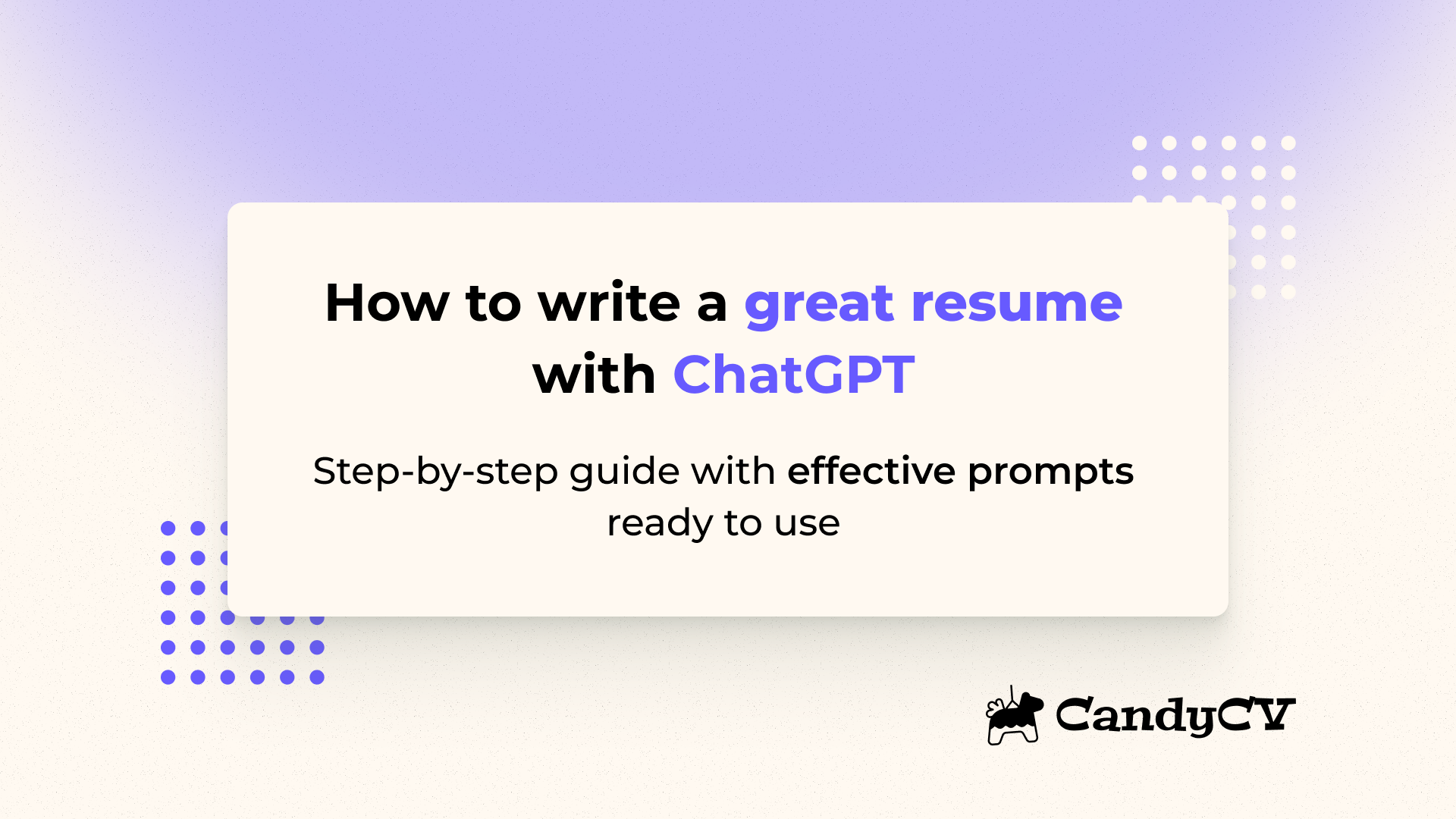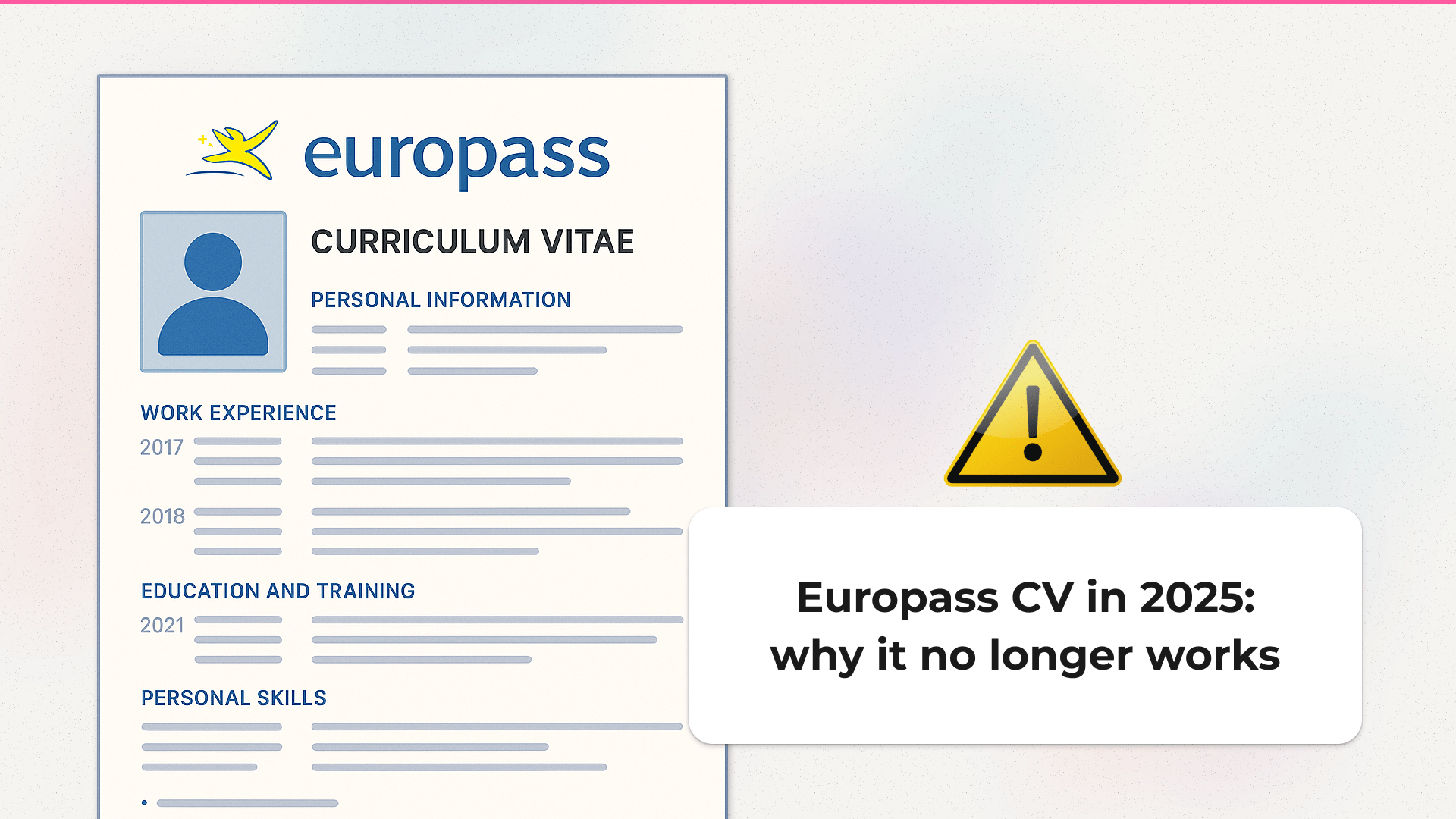
Europass CV in 2025: why it's no longer a smart choice for job hunting
The Europass CV was launched back in 2004 with a clear mission: make it easier to work across Europe with a standardized resume format accepted in all EU countries.
On paper, the idea made sense: transparency to streamline hiring and neutrality to allow objective comparisons. But that same standardization has become its biggest flaw. These days, your resume needs to stand out in seconds, but Europass does the exact opposite: it flattens profiles, erases nuance, and makes it hard to show what makes you different.
Even though the platform has tried to keep up with modern practices, its rigid structure, outdated design, poor compatibility with some ATS systems, and lack of adaptability across industries mean that most recruiters no longer recommend it.
In this guide, you’ll learn:
- What the Europass CV is and why it was created.
- Why it’s no longer a good choice if you’re looking for a job in 2025.
- The downsides of using Europass compared to modern resumes.
- What recruiters and hiring experts are saying about it.
- When Europass might still make sense and when it definitely doesn’t.
- Answers to the most frequently asked questions about the Europass CV.
1. Europass CV: a good idea that didn’t keep up
The Europass CV was part of a broader EU initiative launched in the early 2000s to support work and education mobility across Europe through a shared resume format: clear, consistent, and valid across all EU countries.
It was meant to be a common language for describing your professional and academic background, a kind of European career passport that would let you apply across borders without needing to adapt your resume to every country.
At its core, the project was political: level the playing field, encourage transparency, and enable talent to move freely across a unified job market.
What were the original benefits of Europass?
In its early years, Europass had some real advantages:
- A predefined structure with logical, easy-to-complete sections.
- Options to include a Language Passport and integrated cover letter.
- Automatic translation into 30+ European languages.
- Easier presentation of international certifications and experience.
For recent graduates, early-career professionals or people applying abroad this standardization was helpful, especially for institutional or academic programs like Erasmus+.
The problems started early: uneven adoption and no personalization
Despite strong institutional support, adoption of the Europass CV was all over the place.
In countries like Italy and Bulgaria, it became relatively common. But in places like Denmark, Ireland, Luxembourg and Norway employers were much more skeptical.
Even back then, there was a gap between what institutions promoted and what the job market actually wanted. In Germany, for instance, experts argued that job seekers were better off writing a custom resume that stood out. In Luxembourg, the format was criticized for being too long. And in Denmark, recruiters flat-out preferred tailored resumes for each role.
In Spain, Europass was used mostly in academia and public sector applications. But in the private sector, companies have long favored concise, personalized resumes and have largely ignored the Europass format.
2. Why the Europass CV doesn’t work in today’s job market
Rigid structure, no flexibility
One of the biggest issues with Europass is its inflexible and generic layout. You can’t reorder sections to fit your story. You can’t highlight your most relevant achievements. You can’t change fonts, colors, visual hierarchy—or anything at all to reflect your personal brand.
Long, clunky and hard to scan
Another major downside is that it easily becomes way too long and hard to digest.
The platform includes up to 19 sections, many of which are optional but poorly differentiated. With wide margins, clunky spacing, government logos and redundant headings, you often end up with 3, 4, even 5 pages but with very little actual value per page.
In a hiring process where recruiters skim your resume in under 10 seconds, that’s a big deal. More pages ≠ more impact. It usually just means more work for the reader.
Here’s a guide on how many pages your resume should have in 2025.
Frustrating user experience
Beyond the format, filling out your Europass CV can be a frustrating experience.
Glitchy uploads, date formats that reset themselves, confusing steps and an overall clunky interface make the whole process tedious and unintuitive.
Plus, it includes outdated fields like birth date, gender and nationality. Even if they’re optional, their mere presence goes against modern best practices designed to prevent bias in the hiring process.
The platform was redesigned in 2020 with a new interface, CV builder, digital skills assessments and labor market trends; but the core problems are still there.
It doesn’t compete with modern resume platforms that actually focus on what job seekers need such as CandyCV.
The Europass CV is not always friendly to Applicant Tracking Systems (ATS)
Most medium to large companies (and more and more startups) now use ATS to automatically filter and rank candidates. They scan for keywords, match skills to job descriptions and predict relevance and match with the job.
Europass often includes layout elements like tables, rigid formatting and excess pages that confuse these systems, meaning they may not even be able to extract the information from your resume.
A modern resume needs to be both strategic and scannable, for both ATS and people. That means clarity, adaptability, and a strong visual hierarchy; none of which Europass delivers.
Here’s a complete guide to ATS: what it is and how it affects your job search.
3. Key differences between a Europass CV and a Modern Resume
What used to look “professional” (justified text, fixed templates, neutral fonts) now comes across as outdated and bureaucratic. In 2025, a professional resume is the one that communicates clearly, connects fast and makes your value obvious. Strategy, storytelling and adaptability win over structure for structure’s sake.
| Feature | Europass CV | Modern Resume |
| Design & Layout | Rigid, neutral, no hierarchy. | Flexible, aligned with your personal brand. |
| Length | Often 3–5 pages, poorly optimized. | 1 page (2 max if needed), value-dense. |
| ATS Compatibility | Risky: tables, odd formatting. | Optimized, clean structure. |
| Content Focus | Exhaustive but unfocused. | Concise, value-driven content. |
| Personalization | One-size-fits-all. | Tailored to each job and employer. |
| Sensitive Info | Often includes sensitive information. | Avoids bias, focuses on what matters. |
| Readability | Cluttered, dense, hard to scan. | Scannable, structured, quick to grasp. |
4. What recruiters really think about Europass
Recruiters and hiring professionals have criticized Europass for years. They describe it as “too long,” “hard to read,” “visually poor,” and even as something that undermines candidates’ profiles rather than strengthening them.
Worse, using Europass might signal the wrong things:
- That you’re out of touch with current hiring standards.
- That you didn’t take the time to stand out.
- That you’re going for the easiest route, not the most effective one.
What do top recruiters look for in a resume in 2025?
- Tailoring: aligned with the job and company.
- Conciseness: short, sharp, focused on results.
- Visual impact: clear structure and strong design.
- ATS compatibility: tech-friendly layout and formatting.
- Storytelling: shows your “why” and your impact.
- Cross-channel presence: connects with your LinkedIn, portfolio, or website.
- Quantified results: numbers, outcomes, tangible achievements.
- Personality: highlights how you work and what makes you unique.
Want a step-by-step guide? Check out this practical resume guide for 2025.
5. When does Europass still make sense?
While it’s lost relevance in most hiring contexts, Europass isn’t completely dead. There are still niche use cases where its standardized format can be a plus.
- Academic and international mobility: still widely used in Erasmus+, research scholarships, international internships or joint degree programs.
- Public and educational institutions: some government agencies, universities, and research centers still require or accept Europass for its format consistency.
- Cross-border hiring or multilateral evaluations: when comparing candidates from different countries in formalized or bureaucratic settings.
Final thoughts: you can’t standardize what needs to be unique
The Europass CV was built with good intentions: to make professional mobility easier and fairer across Europe. And for a while, it worked.
But what once was its biggest strength is now a major weakness. In a job market where you have seconds to prove your value and show who you are, a one-size-fits-all CV just doesn’t cut it anymore. Unless you’re applying to a public institution or an academic program, there are much better ways to present your story today.
Europass CV: Frequently Asked Questions (FAQs)
Is the Europass CV compatible with ATS?
In theory, yes. In practice, not really.
The structure may seem organized, but many ATS struggle with elements like tables, labeled sections, inconsistent formatting, and excessive length.
A truly ATS-optimized resume is clear, simple and flexible.
When is it okay to use a Europass CV in 2025?
Only in very specific cases:
- Academic or international mobility programs (like Erasmus or research grants).
- Government, public or educational institutions that require the format.
For everything else (especially in the private sector) it’d hold you back.
How many pages should a resume be?
Keep it concise and scannable:
- 1 page: ideal for juniors or anyone with few years of experience.
- 2 pages: for senior profiles, tech roles or leadership positions.
- 3+ pages: only if you’re in academia or research, and even then, only if structured clearly.
The problem with Europass is that it makes it hard to keep things tight and relevant, which can instantly hurt your chances.
Is Europass a good idea for private-sector jobs?
Not really. It can send the wrong message:
- That you’re unfamiliar with today’s hiring expectations.
- That you didn’t put effort into crafting your application.
- That you’re lacking clarity or visual judgment.
And that’s the opposite of what you want to convey.
🎯 Want a resume that actually gets you noticed?
CandyCV helps you build a resume that’s modern, sharp, personalized and optimized for both people and ATS.
👉 Create yours for free and give your talent the visibility it deserves.
We're two product builders who care about quality, taste and doing things right. We want you to get that job you want, plain and simple. That's why we are building CandyCV to help you create a great resume and land a job for free. If you give us a try (and feedback!), we'll be forever grateful 😊
Alba Hornero
Co-founder and Product Builder
As CandyCV’s co-founder and a former product lead in HR tech, I’ve built ATS tools, optimized hiring processes, and interviewed hundreds of recruiters. I personally write every post with the intention to provide real, high-impact job search advice that truly helps you land your next role.
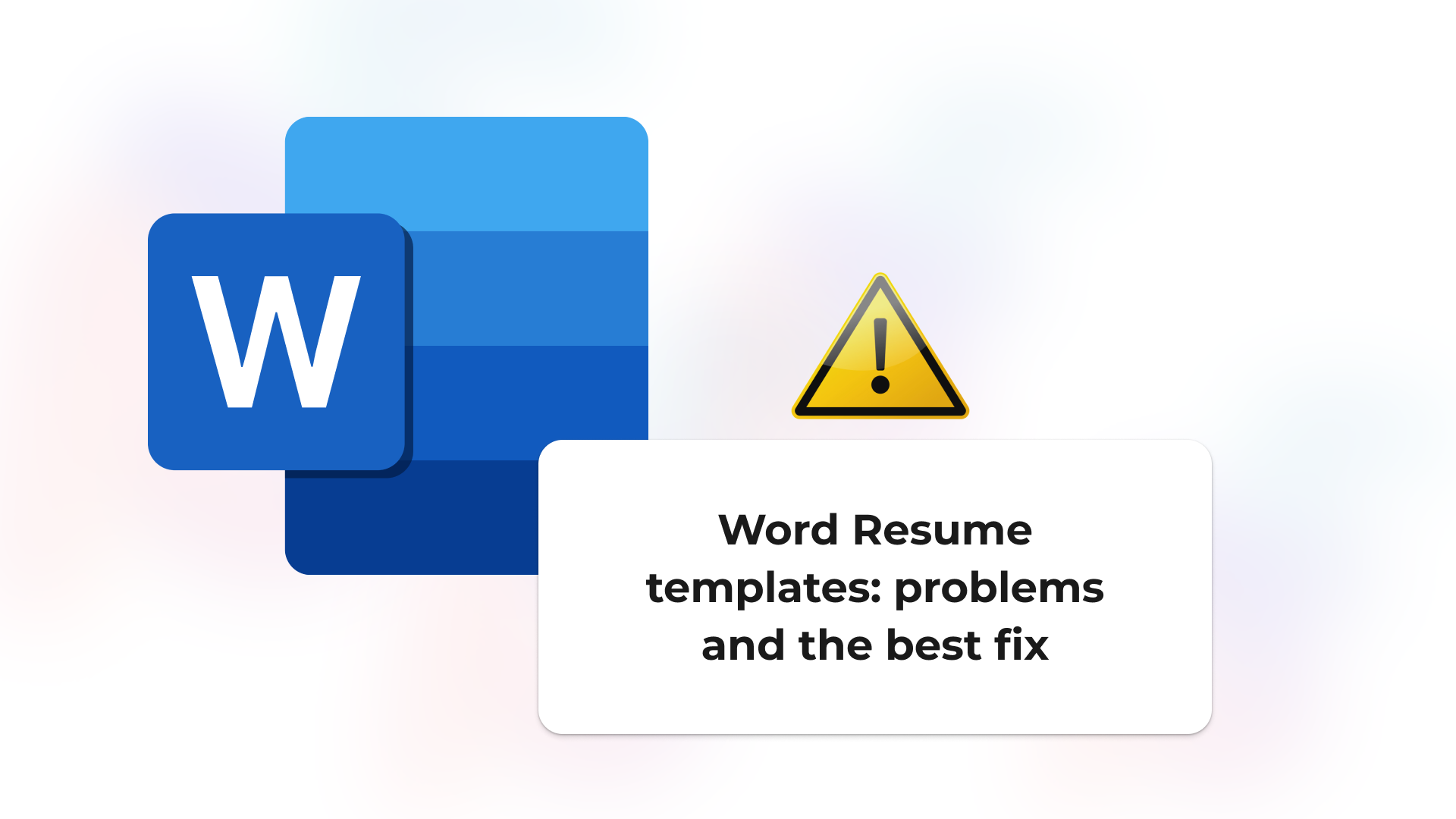
Free Word resume templates: why you shouldn't use them (and the best alternative)
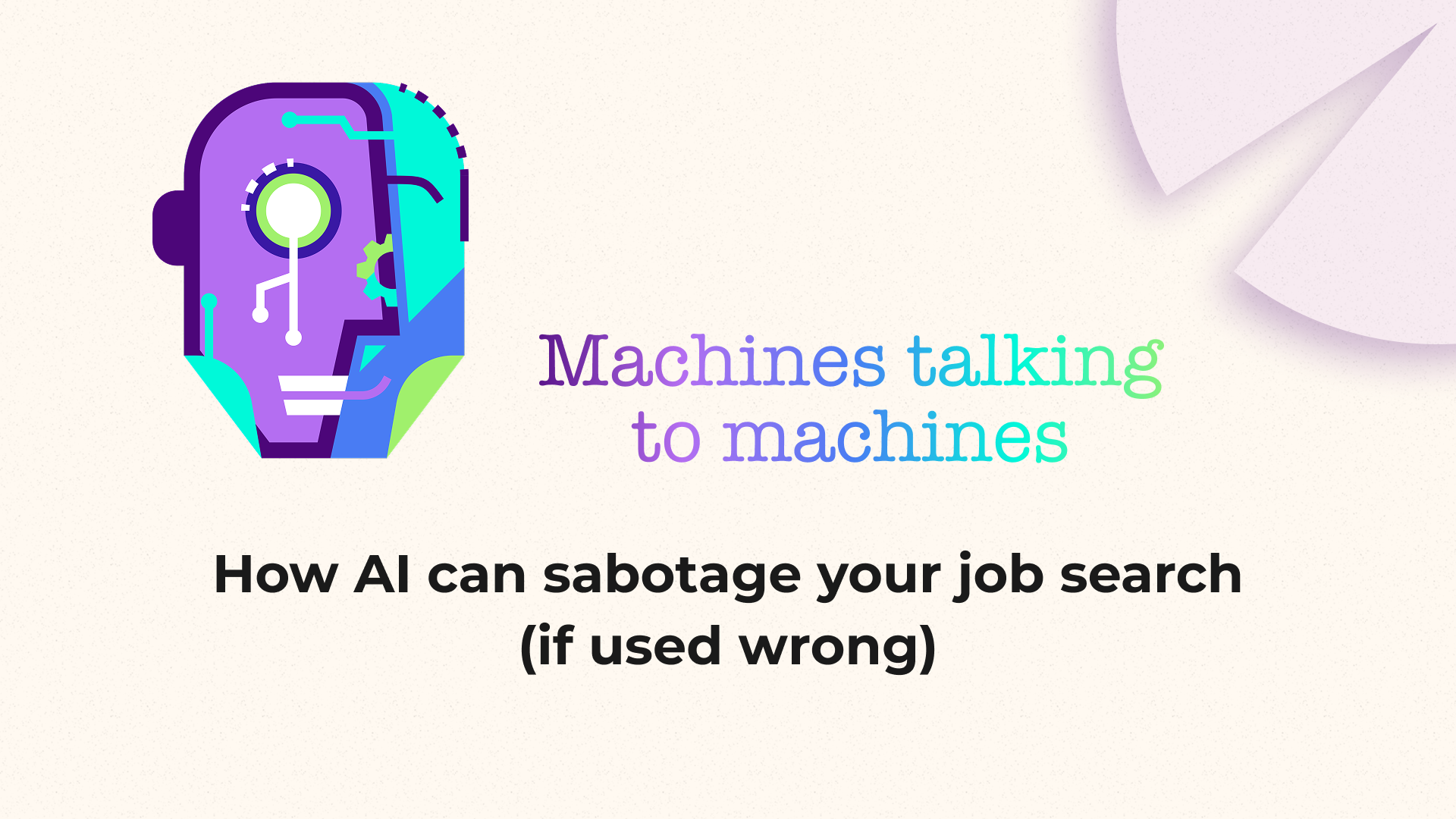
Machines talking to machines: how AI can sabotage your job search (if used wrong)
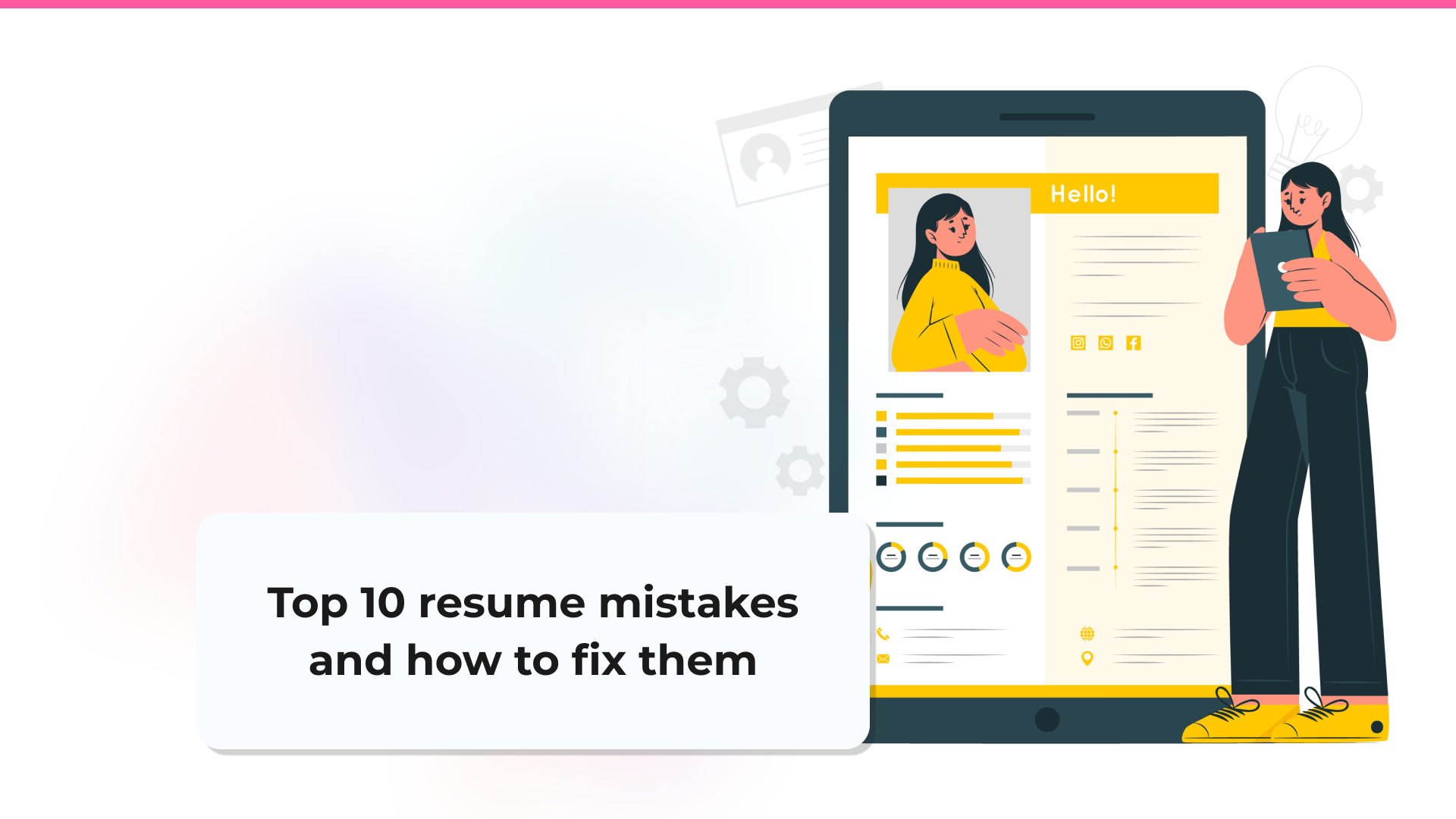
Top 10 resume mistakes to avoid in 2025 and how to fix them
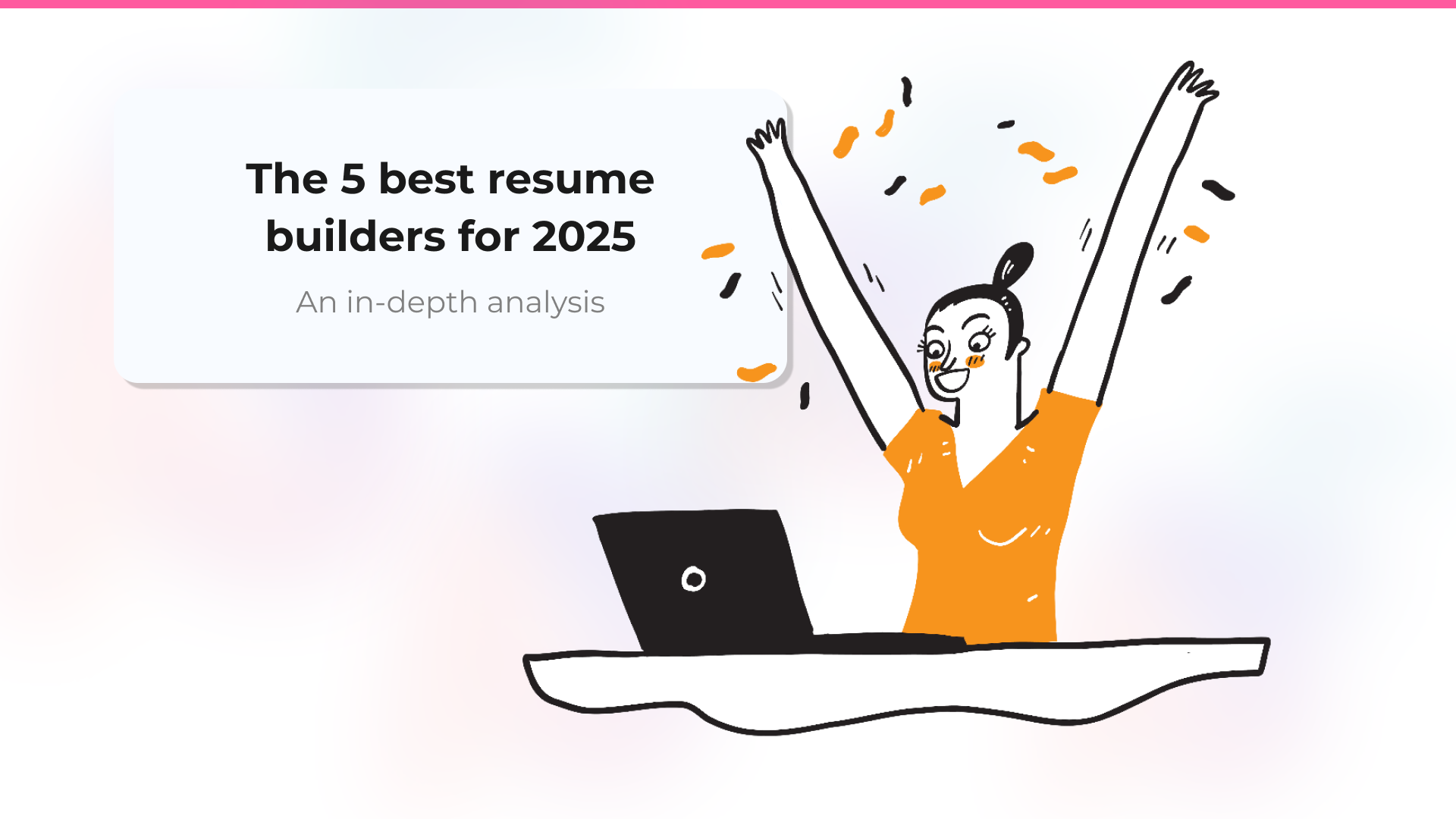
The 5 best resume builders for 2025: an in-depth analysis
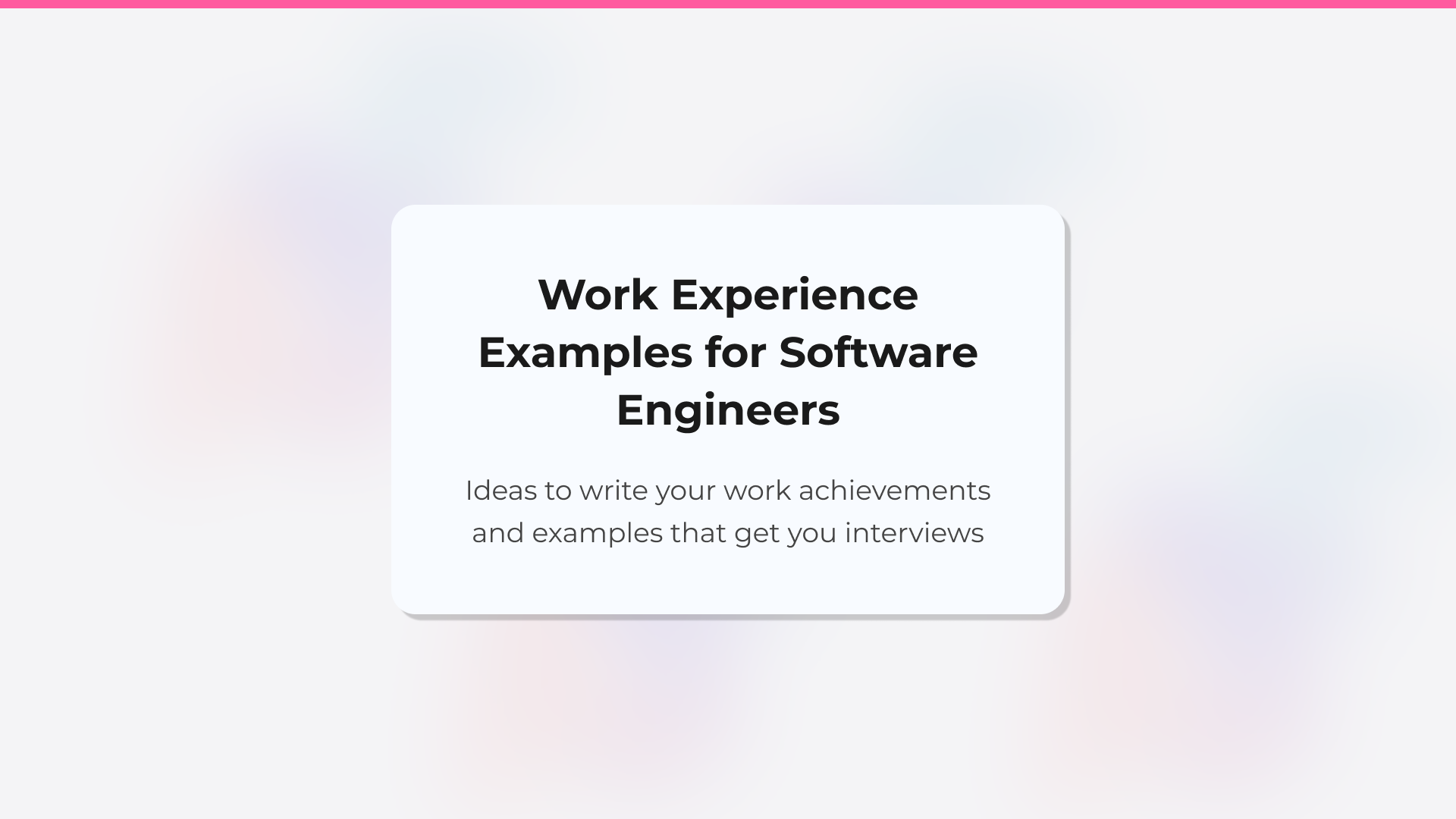
Software engineer resume: work experience and achievements examples
